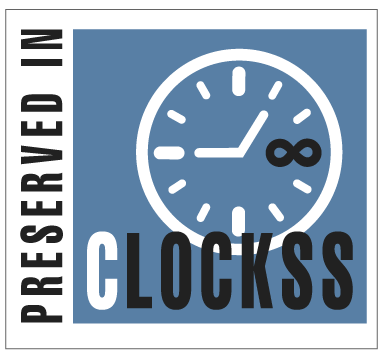Abstract
The Schiff base reaction between Cephalexin (CFX). (7R)-3-Methyl-7- (α- D -phenylglycylamino) -3-cephem-4-carboxylic acid (C16H17O4N3S) and vanillin C8H8O3 [ 3-methoxy -4-mydroxybenzaldehyde] was carried out resulting in ligand C26H27N3O6S (L). In turn, reacted with the next metal ions (Cobalt (II), Nickel (II), Copper (II), Zinc (II), and Cadmium (II)), forming stable complexes with unique geometries such as (Octahedral for Ni+2, Cu+2, Zn+2&Cd+2, Tetrahedral for Co+2). The complexes were identified using spectroscopic techniques such as UV-Visible, FTIR, 1H NMR, 13C NMR, mass spectrometry, magnetic moment, and molar conductivity. TGA analysis confirmed the interaction of water residues with metal ions within the coordination sphere, as supported by atomic absorption spectra obtained from C.H.N.S. AAS, which aligned with the expected results. All techniques were utilized to demonstrate the ligand’s production and propose the new shape of the complexes. The result from infrared spectrum showed that the ligand behaves as bidentate with all prepared complexes with unique geometries such as (Octahedral for Ni+2, Cu+2, Zn+2&Cd+2, Tetrahedral for Co+2). Conductivity analysis revealed their electrolytic nature in Ni and Cu and ions complexes and non-electrolyte in other. The antibacterial activity of the compounds that were produced was tested using an agar-well diffusion procedure towards one strain of gram-positive as well as one strain of gram-negative bacteria.
Keywords
Antibacterial, Cephalexin, Schiff- base, Transition metal complexes, Vanillin
Subject Area
Chemistry
Article Type
Article
First Page
3299
Last Page
3309
Creative Commons License

This work is licensed under a Creative Commons Attribution 4.0 International License.
How to Cite this Article
Hassan, Jenan F. and Hassan, Sahar S.
(2025)
"Preparation, Characterization, and Studying the Biological Activity of Schiff Base Metal Complexes Derived From Cephalexin With 3-Methoxy-4-Hydroxy Benzaldehyde,"
Baghdad Science Journal: Vol. 22:
Iss.
10, Article 9.
DOI: https://doi.org/10.21123/2411-7986.5081








